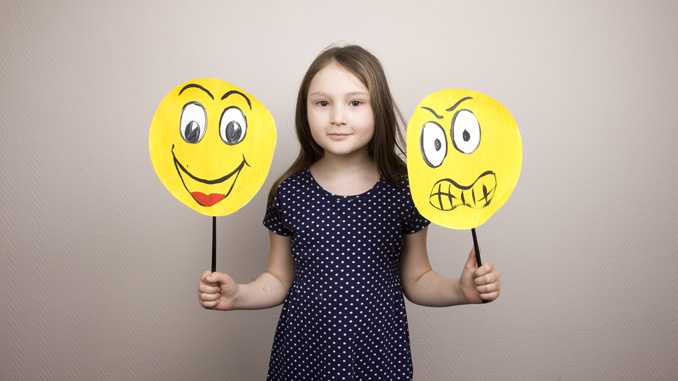
For decades, schools have focused on cognitive and physical milestones in early education, but over the past five years there has been a nationwide shift toward including social emotional learning in early education, too. The San Joaquin County Office of Education together with school districts throughout the county have embraced this new approach to learning, bringing social emotional learning techniques into the classrooms, the community, and the home.
“The main goal really is to promote that sense of belonging for children and to give them the tools that they need to navigate through peer relationships and adult relationships successfully,” says Jamie Baiocchi, division director for early education and support at SJCOE.
It all happens through the Center for Social Emotional Foundations in Early Learning, or CSEFEL, a program that started out of the University of Illinois. SJCOE first got involved when San Joaquin was selected as one of 17 counties in California to receive an early learning challenge grant that allowed for social emotional learning training to be offered to early educators through a nine month training program for educators.
Primarily, social emotional learning is practiced in early education programs in the county including preschools and family-owned centers, as well as Head Start San Joaquin, which serves infants to children age five.
“Research identifies that social/emotional skills are a key indicator of future school and life success,” says Leticia Sida, program director for Head Start San Joaquin. “By teaching children to regulate emotions and learn how to interact and engage with others socially helps them successfully learn other skills related to academics.”
The core of the program is teaching children how to build healthy relationships with others, manage and identify their emotions, and focus on being a good friend. Teachers and teacher assistants encourage this way of thinking by using positive reinforcement to coach good behaviors in the classroom.
For example, a teacher will look for small victories or acts of kindness that a child demonstrates in class such as picking up after themselves. Instead of using phrases that start with “don’t” or over-reacting to a child’s poor behaviors, the teacher will focus on the positive. When this is taught young—in the first five years of life—children tend to take those lessons with them into adulthood, and parents often notice similar behaviors coming home.
“When children get positive feedback… it is something that naturally continues to sustain itself. The older they get the harder it is for them to establish those social skills,” Jamie says. “It really changes the whole approach to learning,”
It’s all explained through a pyramid that focuses on the basic foundations of social emotional learning as well as interventions that may help children who struggle. The pyramid starts with nurturing and responsive relationships and then ascends into high quality supportive environments, targeted social emotional supports, and intensive intervention.
While the program focuses on preschool and early learning classrooms, transitional-kindergarten (TK) and kindergarten teachers are taking notice, and SJCOE is starting to explore what social-emotional learning looks like in an elementary school setting and beyond.
Kindergarten teachers who receive children from a classroom where social emotional learning was taught see the difference, and while cognitive skills—numbers, colors, shapes, etc.—are important, having children come in emotionally prepared to interact with 25+ other students makes a huge difference.
“We intentionally balance rigor and high academic expectations with the importance of building positive relationships and school culture,” says Sean Morrill, the division director of County Operated Schools and Programs at SJCOE.
Schools in San Joaquin County are continuing to emphasize the importance of social emotional learning through programs like Character Counts and Positive Behavioral Support for older students.
“It’s really important for our elementary school systems to implement programs that reinforce what we do in the early years,” Jamie, says.
At home the best way for parents to continue social emotional learning is to be engaged in their child’s education. With technology, even working parents can keep in contact with teachers to become active participants in their child’s education.
Most importantly, parents can model the same ideals at home and place emphasis on social emotional learning by teaching kids how to talk about their feelings, as well as compassion for others.
The result is classrooms full of social kids with less behavioral issues; it is a world filled with successful adults better equipped to socialize with others.
For More Information:
San Joaquin County Office of Education
2922 Transworld Dr., Stockton
(209) 468-4800
SJCOE.org
Early Education Resources:
HARP Learning Institute
322 W. Lodi Ave., Lodi
(209) 365-0950
HarpInstitute.com
WriteStart
4453 Precissi Ln., Stockton
(209) 956-5437
The Children’s Garden
Stockton
(209) 425-8666

